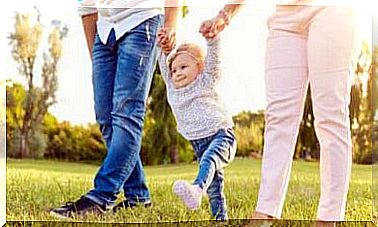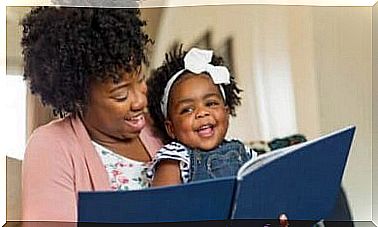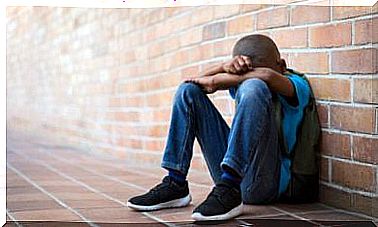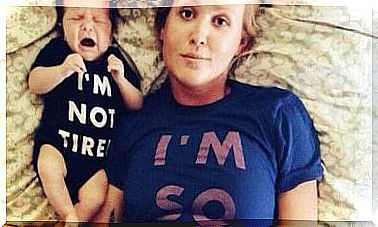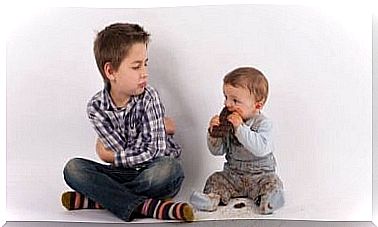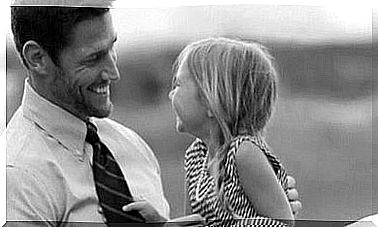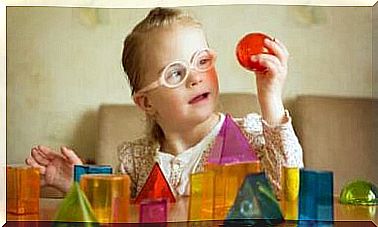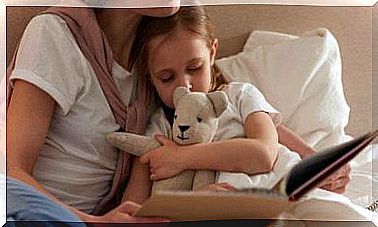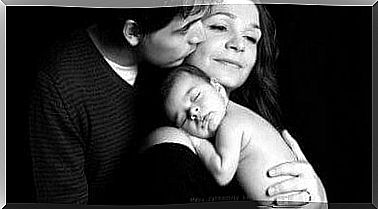Important Recommendations For Carrying Children In Baby Carriers
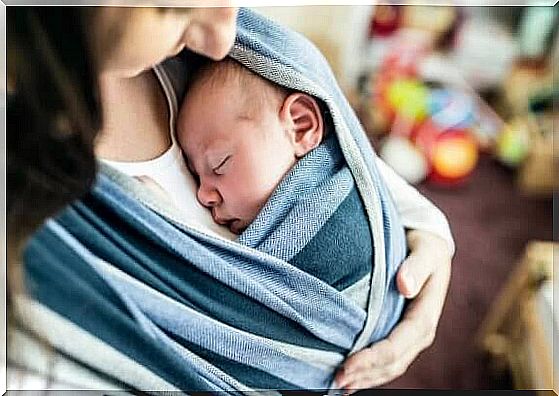
Today, there are lots of baby carriers and baby carriers to make it easier for us to carry our children for longer periods, or as an alternative to prams. It is important to understand their function and know what things to think about in order to choose the right one, both in terms of safety and comfort.
The benefits of carrying children in a sling
A baby carrier or shawl has several advantages:
- Increased physical contact between children and caregivers. This strengthens their bond and the child’s sense of security.
- Reduced crying, and it also helps the baby sleep better.
- Contributes positively to breastfeeding.
- Prevents plagiocephaly, or oblique skull deformity.
- Contributes to a good connection.
Some of the benefits of carrying your child for parents and caregivers:
- Allows increased mobility and freedom, as the stroller becomes unnecessary.
- Benefits self-esteem.
- Reduces the risk of postpartum depression.
- Used properly, it protects and strengthens the back muscles of the baby.
When can you start carrying children in a sling?
It is important not to carry children who are under 6 months, and can not sit up on their own, on their backs. If you want to use a sling or sling for the first 6 months, it is recommended that you choose a sling.
The shawl gives babies the support their little bodies need. They respect the physiological posture of newborns, which means that the back is curved in the shape of a C.
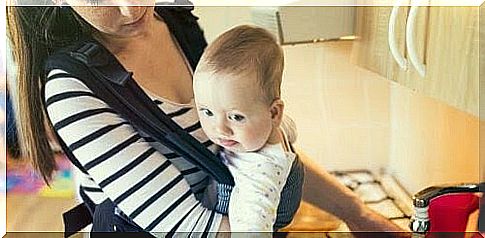
If done correctly, it can be very beneficial for the baby to be carried around in this way. It gives the child close contact with their parents and caregivers, which gives a feeling of peace and security.
It is important that caregivers make sure that the child’s face is never completely covered and that you have supervision at all times. That way, you can always make sure your little one is breathing properly.
Should you carry babies inwards or outwards?
Small infants should always be facing inwards – that is, they should be facing the wearer. This is very important. It can negatively affect their physiology to be carried outwards, because it changes the curvature of their spine.
Their legs also hang freely when carried outwards, which increases the risk of hip dislocations. They also risk being overstimulated by the environment and cannot escape all impressions.
For older children, there are more options. For example, they can be placed on the wearer’s hip or back. From there, the child can get a better view and at the same time it respects the child’s physiology.
No matter where the child is, however, he or she should always sit facing the wearer.
Ergonomic position
It matters a lot how the wearer chooses to carry the child and what he or she carries the child in (baby carrier or sling) so that it offers an ergonomic posture for both the wearer and the child.
The wearer should not experience discomfort. It is important to test different options before you make a purchase to ensure that you get a shawl or sling that can be adjusted correctly on your body. It is also very important that it is not too loose when you wear it.
Practice putting on the shawl or harness without your child first – it makes it easier to use. Ideally, you should choose something that adapts to your growing child and that is made of breathable fabrics. Avoid zippers and buttons, as they can chafe and resist.
During the first months of life, infants carried in a baby wrap should have a supine position. The face should be visible at all times and at the right height so that you can make sure that the child can breathe easily. You should always follow the instructions in the instructions for use on how to carry your child safely.
After 6 months of age, or when the baby can sit up on its own, you can start carrying your baby on your back. However, it is very important that you choose a shawl or harness that does not let the baby’s legs hang straight down.
This position does not respect the anatomy of your baby’s small hips and can lead to injuries (hip dysplasia). Babies should preferably sit with their legs outwards on each side, with their knees bent. The legs and buttocks should form an “M”. The bottom of the shawl or harness should support your baby from one knee to the other.
How high should I place my child?
You should always place your child at a height that allows him or her to move freely. Always make sure to leave space between the baby’s nose and your own body so that the baby can breathe freely and so that the face is visible. For example, you should be able to kiss your child’s head with ease when he or she is in the shawl.
Important recommendations for carrying children in a sling
- You should never have your child in a shawl or sling while in a moving vehicle. If you are traveling, your baby should sit in a proper baby seat or car seat, which is adapted to the baby’s weight and size.
- Infants should be able to move their head while in the shawl or harness. Their faces should be visible at all times so that they can be seen to be breathing.
- You should never have your baby in a shawl or sling when doing things where you risk falling (skating, climbing, cycling, etc.).
- Do not cook while you have the baby in a shawl or sling, as there is a risk of your baby getting burned.
- Avoid slippery surfaces that can cause falls.
- Adjust the fit of your shawl or baby carrier to your child’s size and weight. Make sure your equipment is always in good condition.
Finally, be sure to ask someone who knows more if you have any doubts. It can be difficult to get the tie on a long shawl the first few times and it is much easier to have someone who can show you how to do it.
